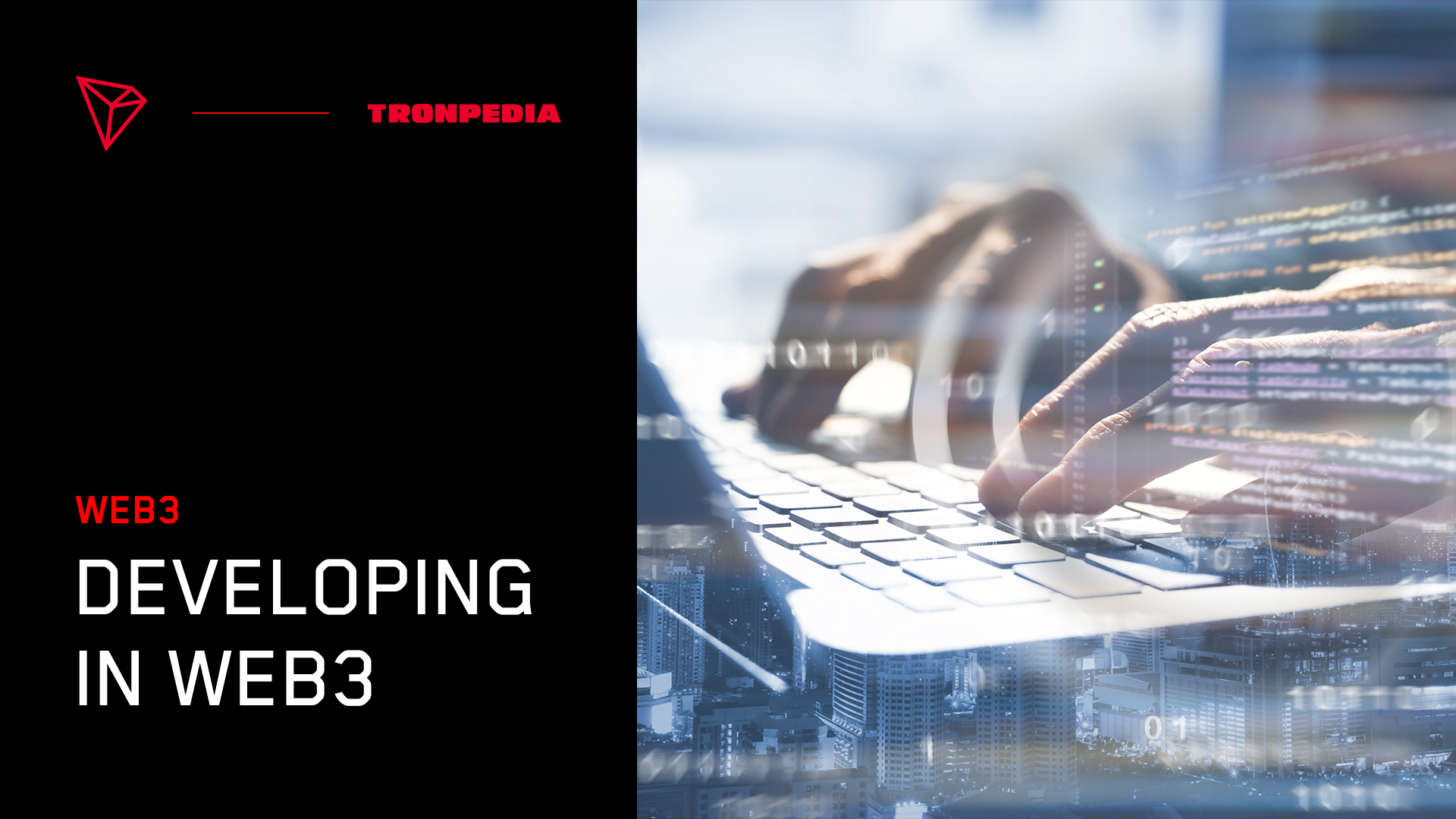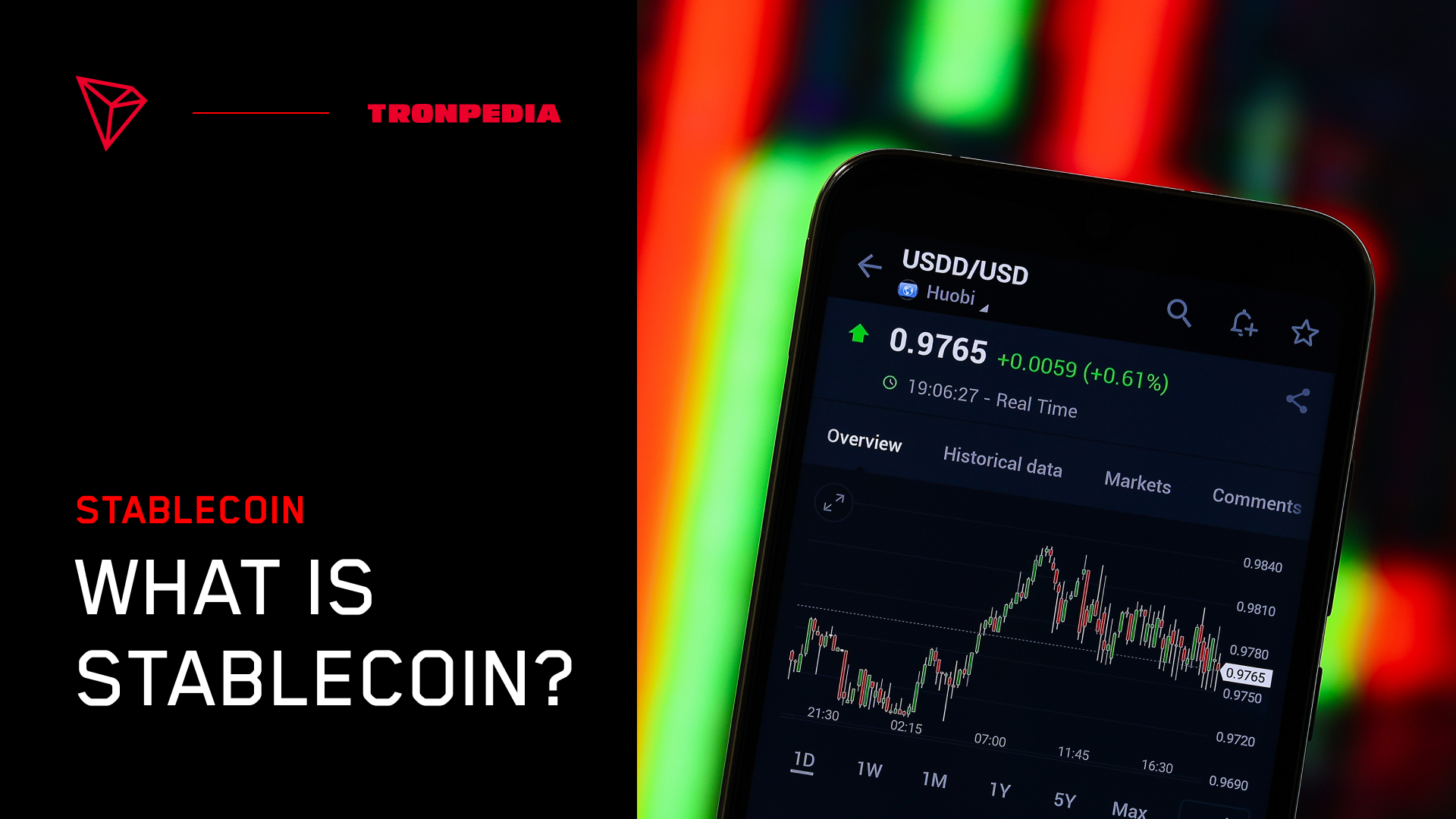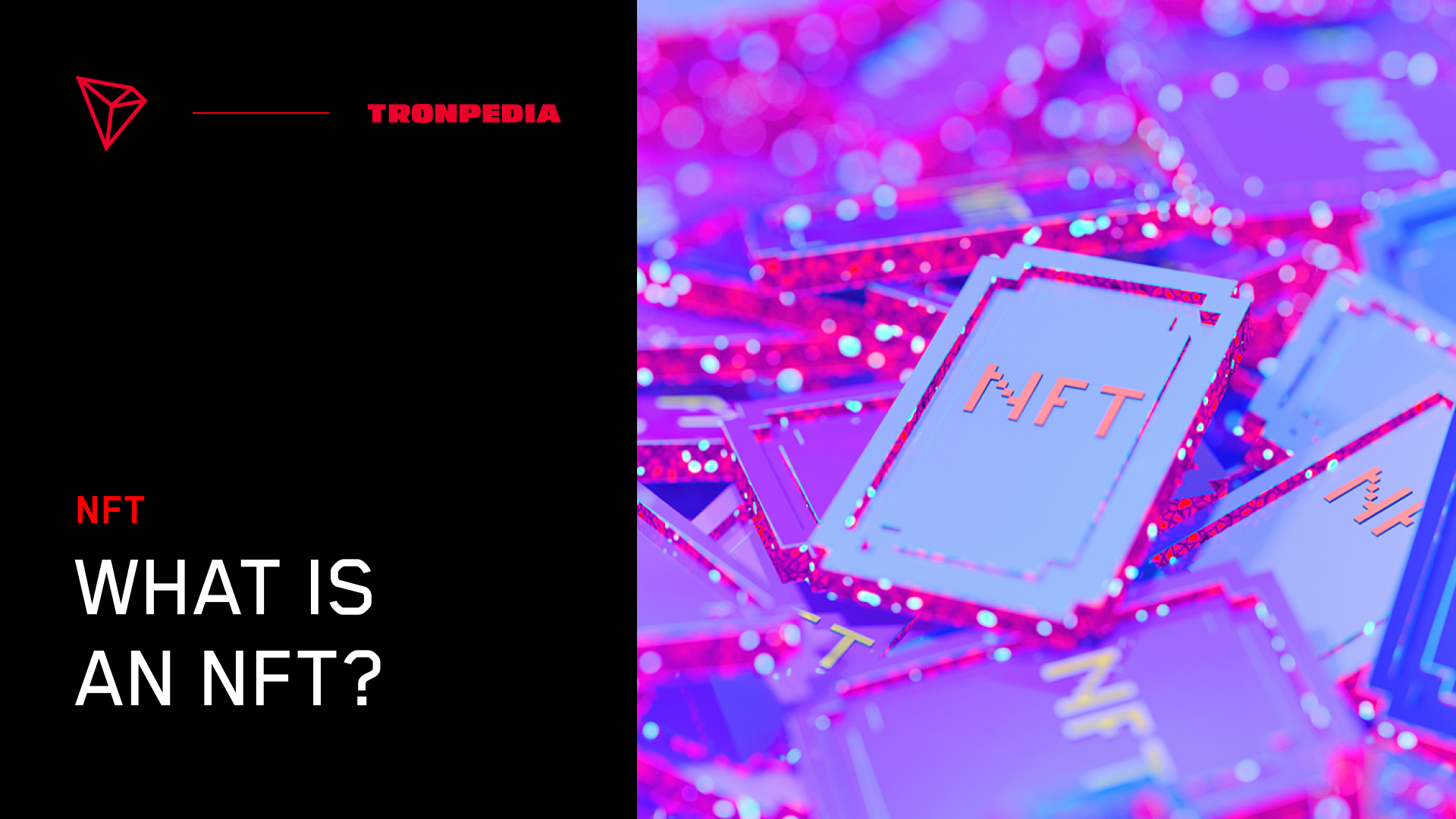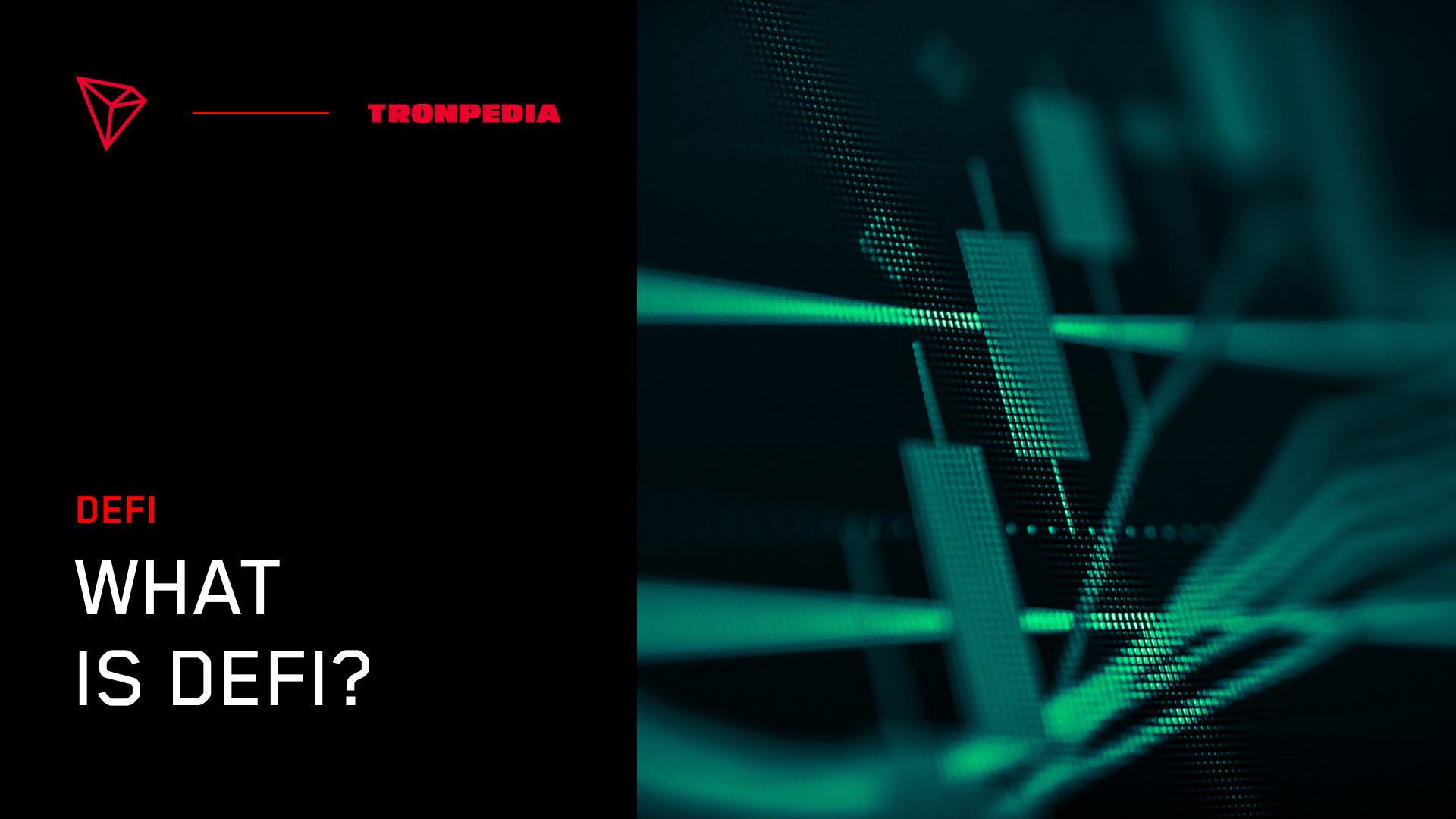Introduction to Web3 Development
If you've read our last TRONPedia article, you'd know how rapidly organizations worldwide are pouring cash into a future decentralized web. Prominent players in this space are working tirelessly to develop and innovate the internet daily, from software giants to decentralized global organizations. That includes us, and though our last article spoke on our flexibility through Java and Solidity, you'll see below that we're doing a lot more for the internet.
This may seem daunting. Organizations are investing tens of billions of dollars into Web3 development, but that doesn't mean the average person can't get in on it. It's quite the contrary, as many developers are creating tools to help others scale blockchain technology. Currently, the best tools we have to offer to Web3 developers include sidechains, testnets, and a consensus mechanism that we do the best in executing. We're covering what each of these is, the biggest ones in the crypto space, and the protocols we power with the same mission of bringing forth a decentralized internet.
How do Sidechains Power Web3 Development?
You can decipher the meaning of a sidechain just from its name: it's a blockchain network that connects to and operates with another blockchain. The latter is often called the mainnet, and sidechains are created to help it quickly and cheaply handle massive amounts of transactions and data. They are essential for new developers looking to get a bang for their buck, as transactions on some mainnets can get very expensive, very quickly.
The largest and perhaps most well-known sidechain is Polygon, formerly MATIC. Three developers from India created the protocol in 2017 to solve Ethereum's most significant issue: scalability. Its Proof-of-Stake consensus mechanism enables it to handle over 65,000 transactions per second (TPS), far higher than Ethereum's 30 TPS. However, its use for scaling doesn't stop there. Marketed as a blockchain by developers for developers, Polygon hosts over 3000 decentralized applications, the most of any sidechain. This makes sense considering one of its core goals is to provide Web3 developers with user-friendly tools to help scale and grow the Ethereum blockchain. Polygon and the developers it powers will be essential for the growth of Ethereum.
Polygon operates as a smooth, powerful sidechain for Ethereum, yet it's also similar to TRON’s sidechain, SUN Network. TRON’s sidechain does all the things you'd expect any of them to:
- It has low costs and consumption in the hopes of attracting small development teams
- It's highly customizable and secure, utilizing TRON's DPoS consensus mechanism and oracles for swift transfer of assets
- Perhaps most uniquely, it provides a TRON-compatible toolset and APIs that reduce developer learning costs
But, what is this toolset, and how can developers get hands-on experience with it? They do so through our testnet, Shasta.
How Does TRON's Testnet Help Web3 Growth?
The goal of Shasta is to provide developers a space where they can easily and privately test their smart contracts before deployment. Not only is it easy for developers to test their smart contracts, but we also have powerful APIs that help them even get on Shasta in the first place. Our TRONGrid service helps make it simple for developers by letting them interact with Shasta without running a node. Additionally, our TRONStudio tool is an Integrated Development Environment (IDE) that simplifies the debugging process for developers. We're confident that developers have ample room to test and perfect their projects before deployment.
How Does Our Delegated Proof-of-Stake Consensus Mechanism Power Web3, and Why are We the Best at it?
Our Delegated Proof of Stake (DPoS) consensus mechanism works differently and improves decentralization over the commonly seen Proof-of-Stake model. Instead of validators being anyone who stakes their assets on-chain, TRON users vote every six hours for 27 different Super Representative (SR) validators by staking their assets to them. In a Proof-of-Stake consensus mechanism, the only ones who can make decisions about the state of the blockchain are its validators, who almost always need a lot of money staked in the blockchain to become one. This is even the case for us, as it costs 9999 TRX to become an SR candidate to prevent malicious attacks. However, anyone on TRON's or another DPoS blockchain can vote for different validators, so it's much more decentralized and empowering to its average user. Other blockchains like Tezos and Cosmos utilize DPoS, but our top validators control far fewer governance tokens than theirs. This means there's only more decentralization and security for TRON's blockchain than others.
If you think you have a good idea for a decentralized project, we just provided you with the best places to learn, test, and deploy them. Who knows, your project could be the next billion-dollar one.




